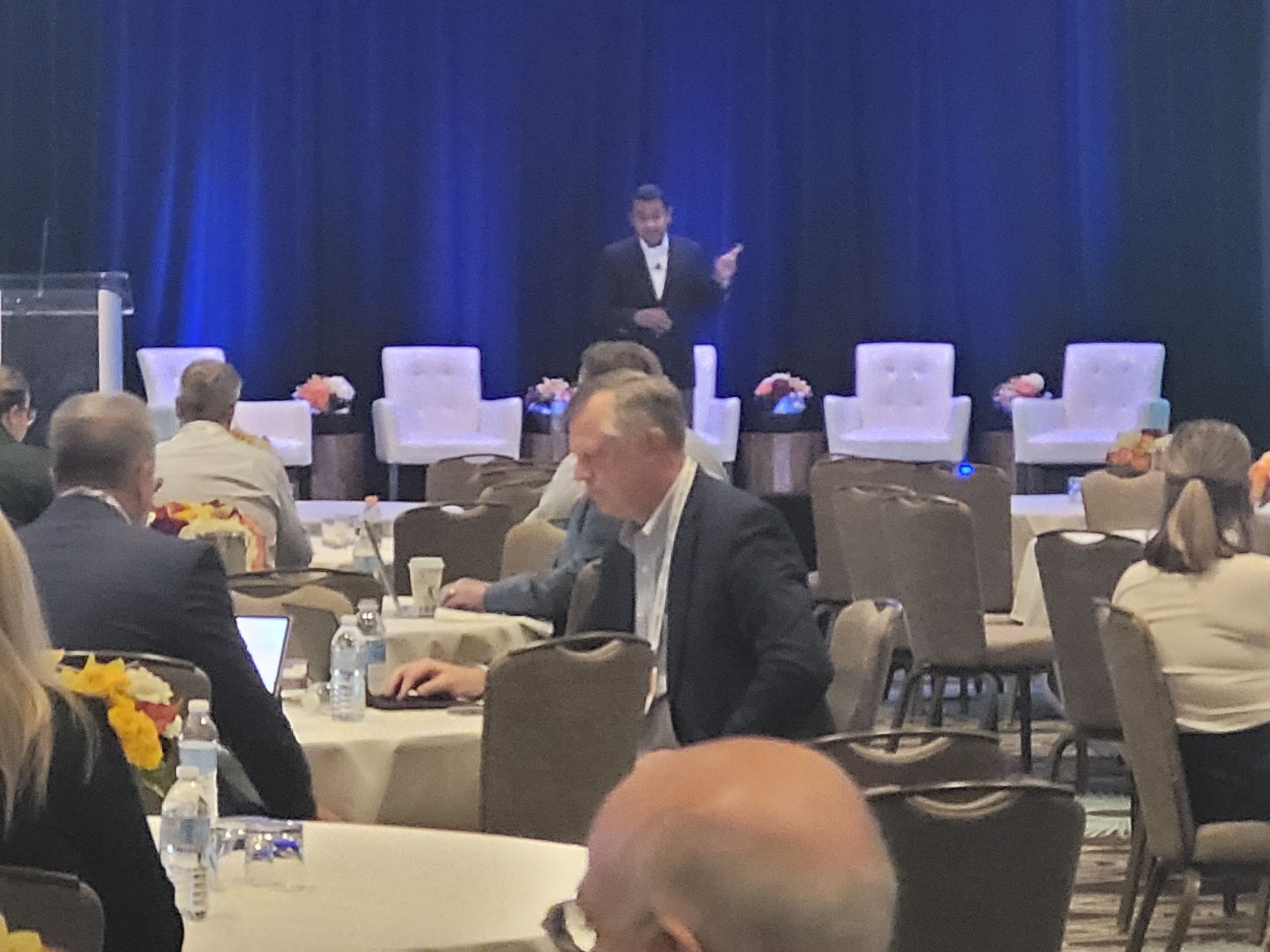Several panels and discussions at the recent COO & CFO Forum debated the crucial issue of legal industry employment and how law firms can best handle their talent strategy
NEW YORK — It didn’t take long for the key issue to surface at the recent 20th Annual Law Firm COO & CFO Forum, sponsored by the Thomson Reuters Institute, as in the opening presentation, the top law firm concern today was articulated nicely.
“Keeping talent may be the most important issue for the legal industry going forward,” said Jim Jones, Senior Fellow at the Center on Ethics and the Legal Profession at Georgetown University Law Center.
He underscored that assertion with survey data from Thomson Reuters Institute’s upcoming Law Firm Business Leaders Survey that showed a whopping 86% of responding law firm business leaders see their ability to recruit and retain talent as one of the top threats to their firm’s financial stability and future success.
The Law Firm Business Leaders Survey report looks at how law firm business strategies have shifted in response to recent upheaval, how firms assess their current challenges, and the paths they envision for their businesses going forward. And in a noticeable shift, this year’s responses show a much higher degree of concern over staffing and personnel issues than in past years. Indeed, more than one-half of respondents specifically pointed to the challenges of recruiting and retaining talent as being an especially high risk to future firm profitability.
Interestingly, the top two risk concerns behind acquiring and retaining talent, were also talent-related, according to the report, with the risk of staff being poached by competitors cited by 31% of respondents, and associate salary increases, cited by 29%.
Not surprisingly then, the theme of talent — how to get it, keep it, and not let it drive you bankrupt — infused many of the panels and discussions at the Forum, especially those dealing with return-to-work strategies and the post-pandemic marketplace for legal service delivery.
In his Forum keynote speech titled, Event Horizon: Examining the Remote Work Revolution, Ravin Jesuthasan, an organizational behaviorist, futurist, and author, discussed how organizations need to let go of past legacy concepts, especially around talent, if they want to flourish in the times ahead. “The legacy attitudes around infrastructure, work practices, and talent already were swinging to become a liability, even before the pandemic,” said Jesuthasan. “Now, those companies and firms that can reinvent themselves are those that will surpass that legacy liability.”
Organizations need to think differently about these issues in order to transform themselves and achieve success in the markets ahead, he added. “They need to break out of their old 2D framework and into the new Web 3.0.” The idea of Web 3.0 is marked by a stronger reliance on digitization, remote work, and cutting-edge technology that allows for deeper collaboration and organizational agility.

Jesuthasan explained how the pandemic pushed many organizations to pivot to resilience, flexibility, and agility after decades of thinking almost exclusively about growth, efficiency, and return on investment.
This has encouraged a more portfolio-type of approach to work that highlights automation, gig talent, and outsourcing (to the limits of what each individual company or firm can do within their specific market). And it has also encouraged more agility in how talent is asked to do their jobs, again with more of a focus on remote access, technology-driven solutions, and collaboration.
“For workers, this offers them some certainty and stability, and for companies, it offers the promise of continued relevance and clarity of purpose,” he said.
In fact, central to much of Jesuthasan’s talk was the emergence of what he called the two most pivotable questions that every company, professional service firm, and organization will have to answer in pursuing solutions to their talent challenges. First, how will organizations redesign work to enable talent to flow to it as seamlessly as possible while enabling work to be perpetually re-invented? And second, how will leaders re-envision the talent experience to meet all types of talent where they are and on their terms?
Not surprisingly, the answers to these and related questions will be revealed in the ways that organizations deal with the talent question.
And it’s clearly one with which many in the legal industry are already grappling. Georgetown Law’s Jones, in his earlier presentation, related that in discussions with law firm leaders, he was told that maintaining a strong culture in a hybrid work model is critical. Moreover, he was told that several of the ways firm leaders are trying to do that include:
-
-
- maintaining frequent and transparent communications from leadership throughout the firm;
- supporting remote working, but encouraging an office presence as much as possible;
- being intentional about rebuilding social capital;
- emphasizing shared purpose, goals, and values; and
- using more technology.
-
In fact, Jones emphasized that use of these techniques actually can help keep top talent in place, alleviating the fears of competitors poaching a firm’s top producers. “These softer concepts can really promote engagement with talent that can in turn create a sort of golden handcuffs that keep people at the firm.”







